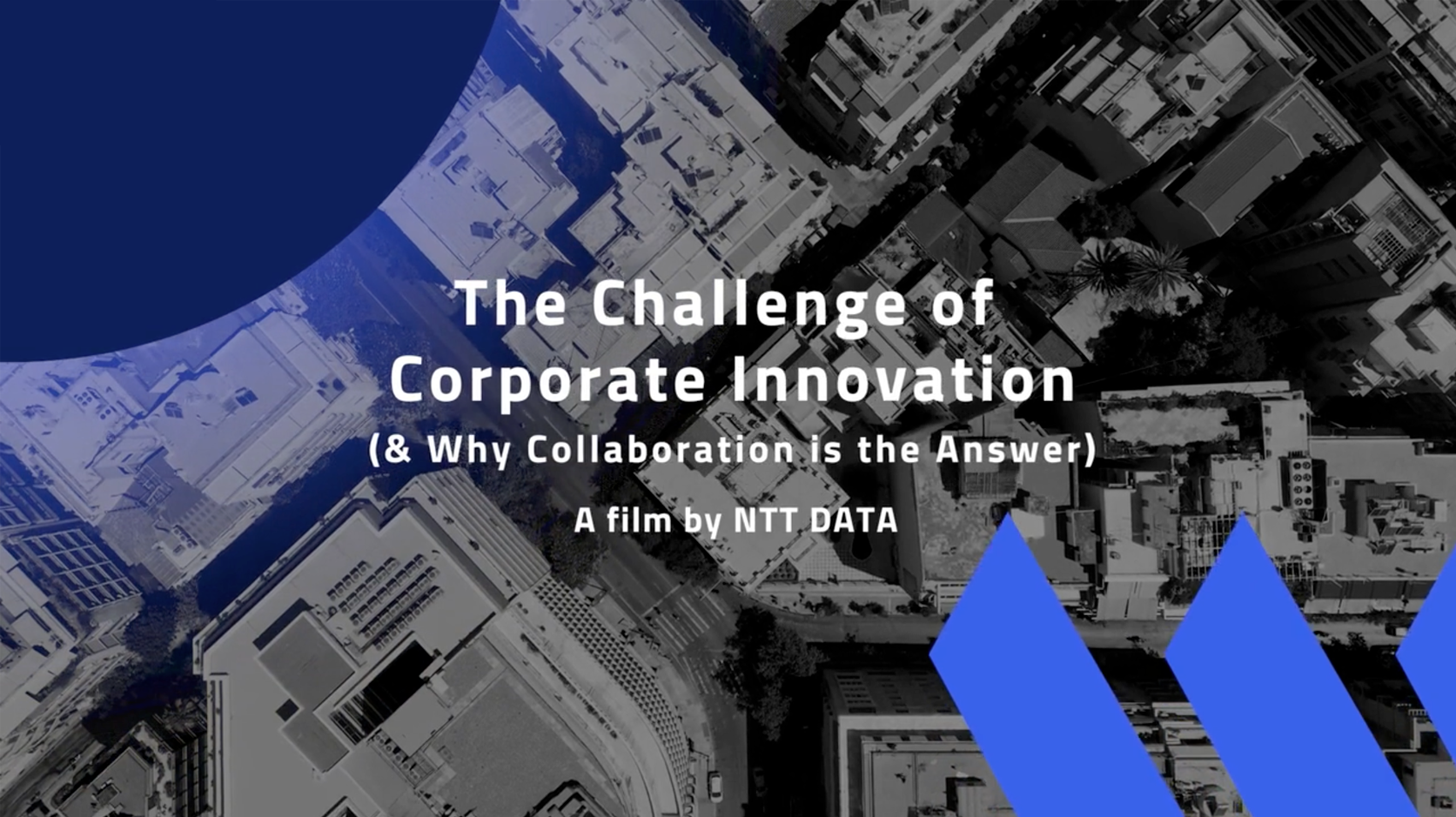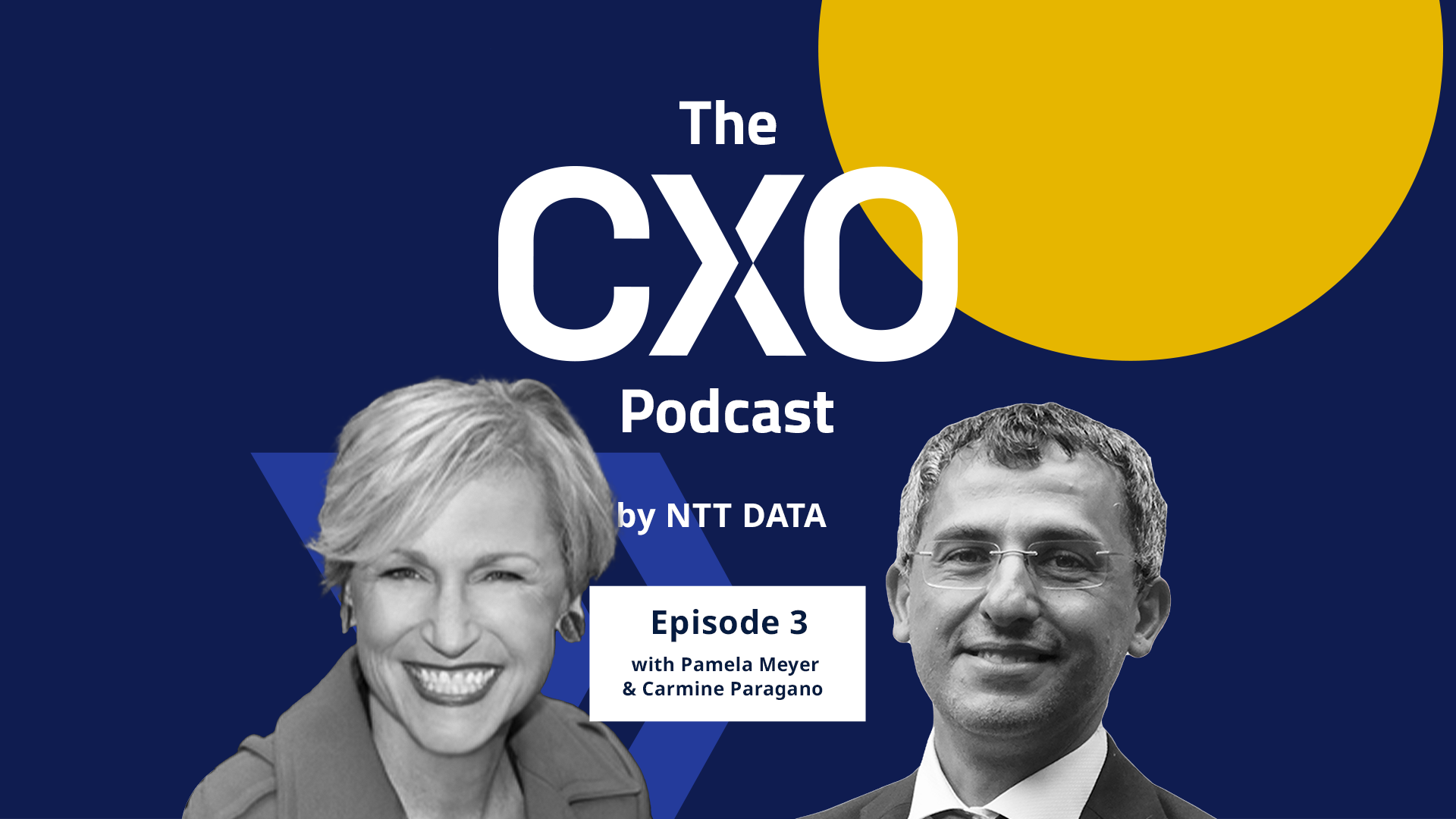
Photograph: Raül Santín /Unsplash
Organisational change is happening faster than ever. Considering 99% of enterprises have undergone a firm-wide initiative in the last few years, it’s safe to conclude that change is now routine. But the new normality of transformation at scale doesn’t make it any easier. With only around a third of change initiatives considered to be a clear success, leaders are searching for ways to improve their odds.
Enter change management. Change management ensures that the change is understood, accepted and adopted, by working with tools and techniques focused on the recipients of the change: the people. When an enterprise rolls out a new programme, whether technological (introduction of new tools), organisational (process optimisation), or strategic (evolution of business models), an inclusive change management strategy can help mitigate the risks. When this strategy is implemented with “open-source” principles, change success can increase by up to 22%.
Where many leaders are getting it wrong is that they’re orchestrating the change completely from the top. At NTT DATA, we’ve seen that the success of transformation projects is influenced by the ability to engage and motivate employees affected by the change. This can be done through a methodological and structured approach based on five key elements: Strategy, Governance, Communication, Adoption, and Measurement.
Building a programme on solid foundations
In most cases, employees have the ability to perform the change, but they need the mindset and guidance to carry it out in their everyday operations. To accomplish this, the change management plan needs to be built with intentional Strategy and Governance.
Where many leaders are getting it wrong is that they’re orchestrating the change completely from the top.
The Strategy is developed through an analysis of the proposed change. Before the initiative breaks ground, we run some foundational inspections: we analyse the objectives, the initiative’s impact on the workforce (including the benefits), the roles involved, and the barriers to the change. This analysis, anchored in an understanding of employee digital attitude, the corporate culture and the overall company vision, informs the most effective way forward.
The Governance oversees the implementation of the strategy. It’s the guiding coalition that orchestrates the actions identified throughout the transformation evolution. Governance ensures the project adheres to the guidelines throughout the transformation, including continuous review and optimisation if necessary. Governance monitors the change’s progress in two ways: the effectiveness of the change management programme and the ultimate adoption.
In a simplified example, say an organisation is considering changing all employee desktop computers from PC to Mac as part of a corporate digital enhancement programme. The initiative owners carry out an analysis to identify the corporate infrastructure and application impacts, as well as potential barriers to the Mac’s adoption. In this example, the change in user habits, like keyboard shortcuts, presents a significant hurdle for the workforce. So the initiative’s change management team should develop a plan to educate users on the new shortcuts while promoting the benefits of using a Mac.
The right tools for the job
The main tools through which a change management strategy becomes a change initiative action are Communication and Adoption.
Communication is carried out through an integrated plan that identifies the storyline, its content, and the most suitable channels to reach the recipients. When designing a communication plan, consider three main scopes with divided ownership:
Initiative – executed by the company management or by the sponsor. This communication aims to share the vision and objectives of the change. It also confirms management’s focus on the initiatives during the launch period and celebrates mid-term successes.
Operative – executed by the project manager of the initiative. This communication aims to inform employees about the characteristics of the initiative and the changes it will introduce. It adds a layer of security by anticipating activities that will involve people and guide their development during the life of the project.
Engagement – usually executed by management or the sponsor of the initiative. This communication aims to involve and engage people in the organisation. It creates an identity for the project and a spirit of participation while sharing the objectives and benefits.
Arguably, adoption is one of the most critical components of ensuring transformation success. Helping the workforce to understand the changes through a strategic delivery of initiative-related content can encourage the change’s adoption in the long term. Neglecting to nurture adoption is setting up a fast track to mission failure.
Organisations can cultivate adoption along the change timeline at three key moments:
Before the introduction of the change – to maximise the effectiveness of a change rollout, organisations must prepare their people for the differences in their everyday operations by introducing knowledge and any missing skills.
During the introduction of the change – ongoing support to navigate the change as it takes effect is crucial. The knowledge and skills introduced before the change will need to be reinforced.
After the introduction of the change – to encourage continued adoption and support, organisations can employ techniques to encourage engagement, such as gamification.
Returning to the previous example of the organisation moving from PC to Mac illustrates the ideas behind communication and adoption. To help the initiative be identifiable and memorable, the team develops a consistent identity for all communications about the programme. The communication comprises dripped initiative-branded emails (including emails authored by the CEO to reassure users about the initiative’s purpose) and supports adoption through easily accessible user guides, short videos, and an internal community forum.
Arguably, adoption is one of the most critical components of ensuring transformation success. Helping the workforce to understand the changes through initiative-related content can encourage adoption in the long term.
We measure what we value
Celebrating a successful launch may be in order, but don’t withdraw the troops just yet. To understand if the change was successful and ensure its viability, it’s crucial to Measure the effectiveness of both the change management campaign and the adoption itself. This can be done by tracking and monitoring specific KPIs related to the project before and after the rollout.
If the initiative team hadn’t recorded the number of IT support tickets requested while the workforce was using PCs, they may not have been able to declare victory on the objective when computer-related support requests were reduced by 30% after the initiative was rolled out.
…
The best change management programmes are tightly focused on the people who will be carrying the initiative forward. Communicating the purpose and benefits of the change at key intervals can help the workforce overcome barriers to adoption, such as changes to their habitual operations. The change programme should also be monitored closely to track and record progress, opening up opportunities for optimisation if needed.
Change is here to stay and organisations must be ready to roll out improvement initiatives. The challenge to enterprise change is hurdling the rate of failure. Through this change management model, we’ve seen how enterprise employees can adopt and support a transformation, even becoming promoters and change agents. This willing adoption leads to overall initiative success, ultimately amplifying the organisation’s ability to adapt to disruption. Secure and confident in change programme victories, organisations can look to the future to realise new possibilities.


















































